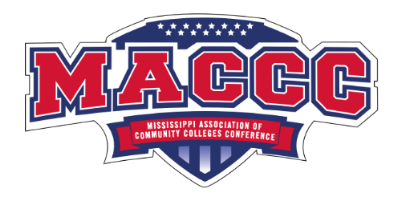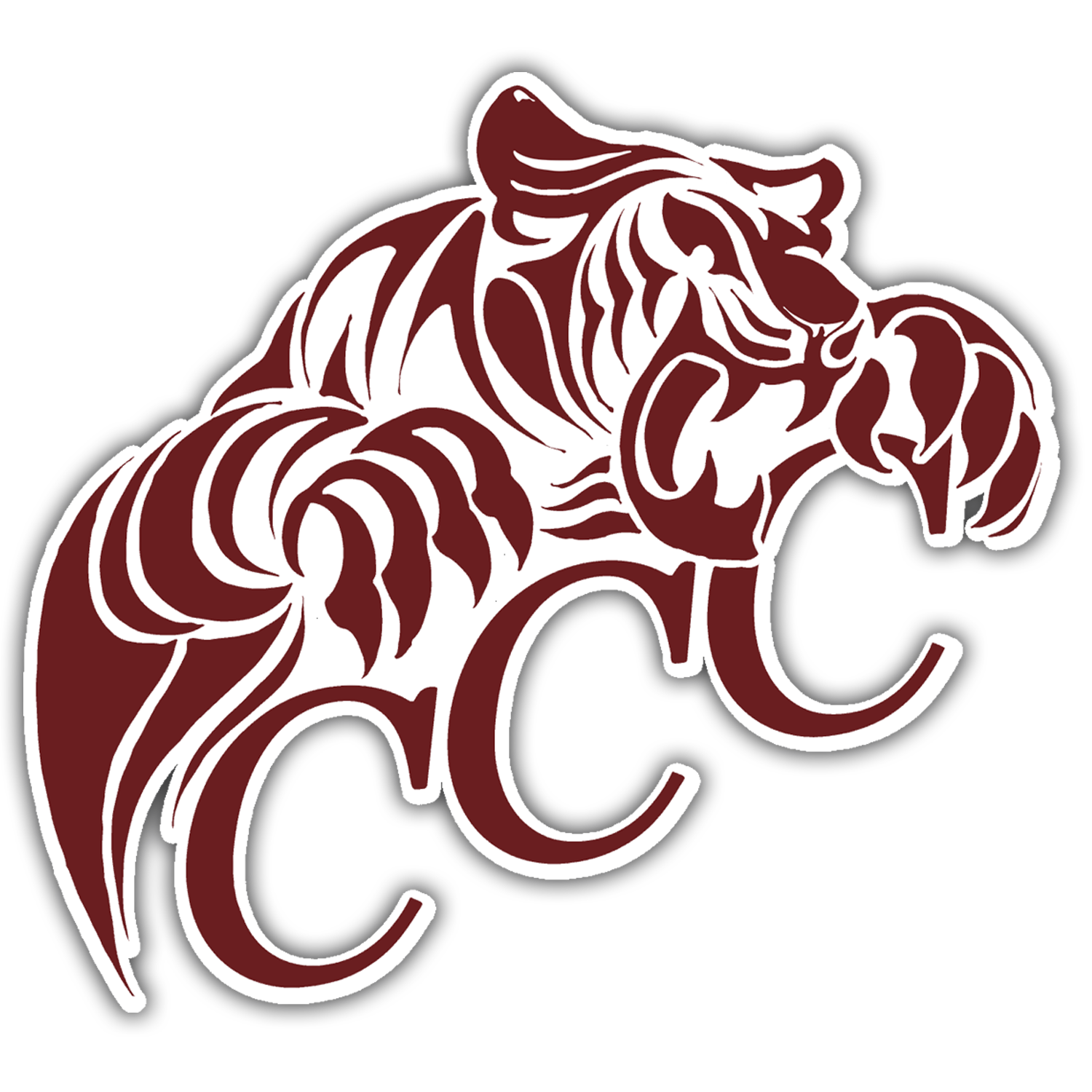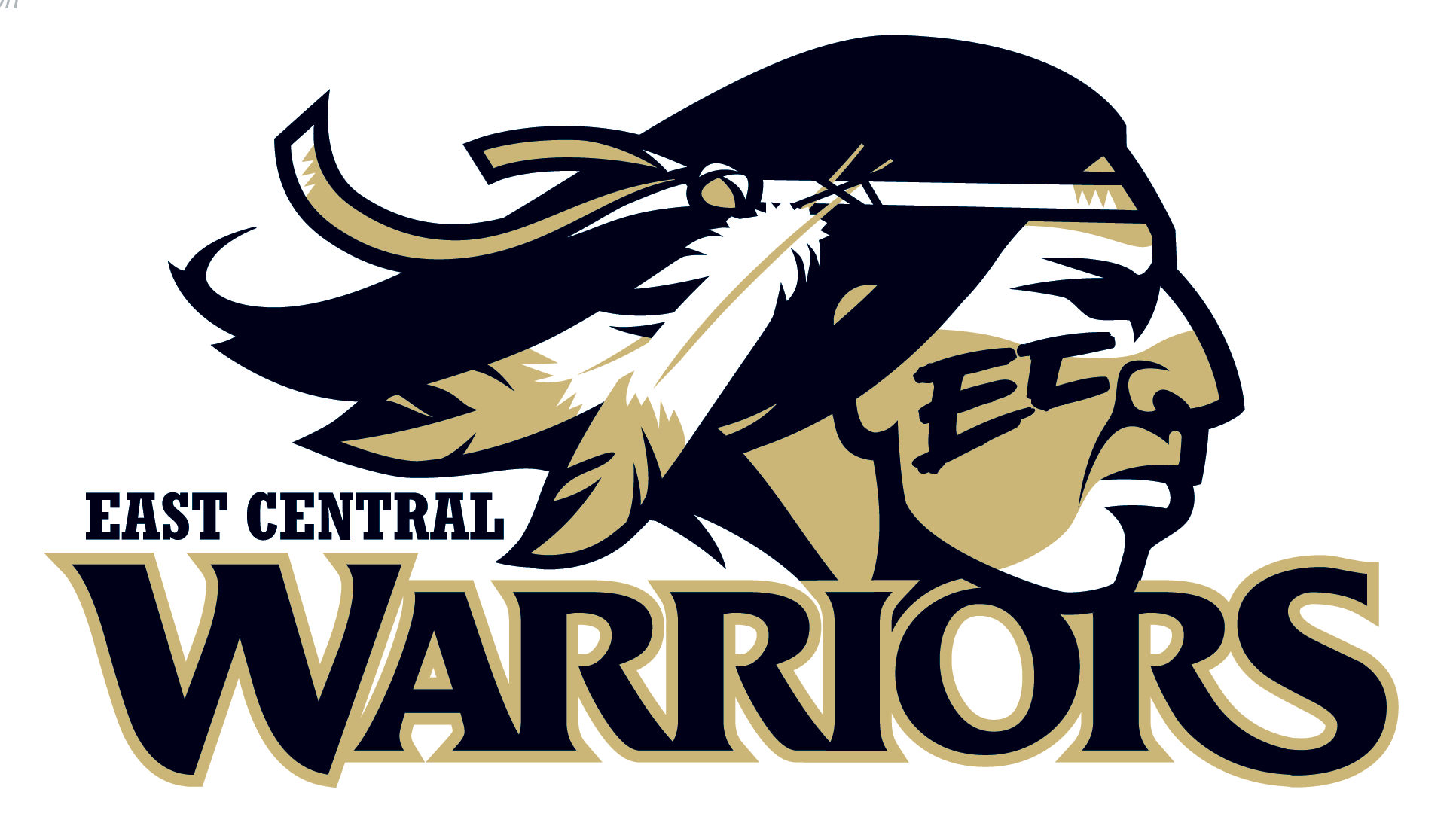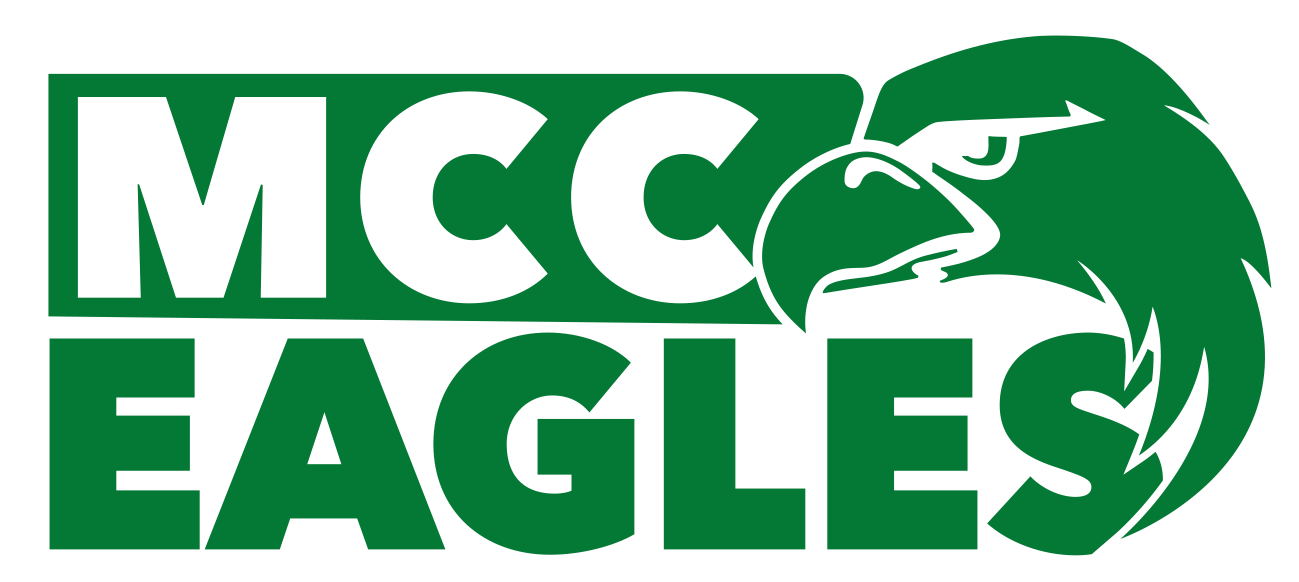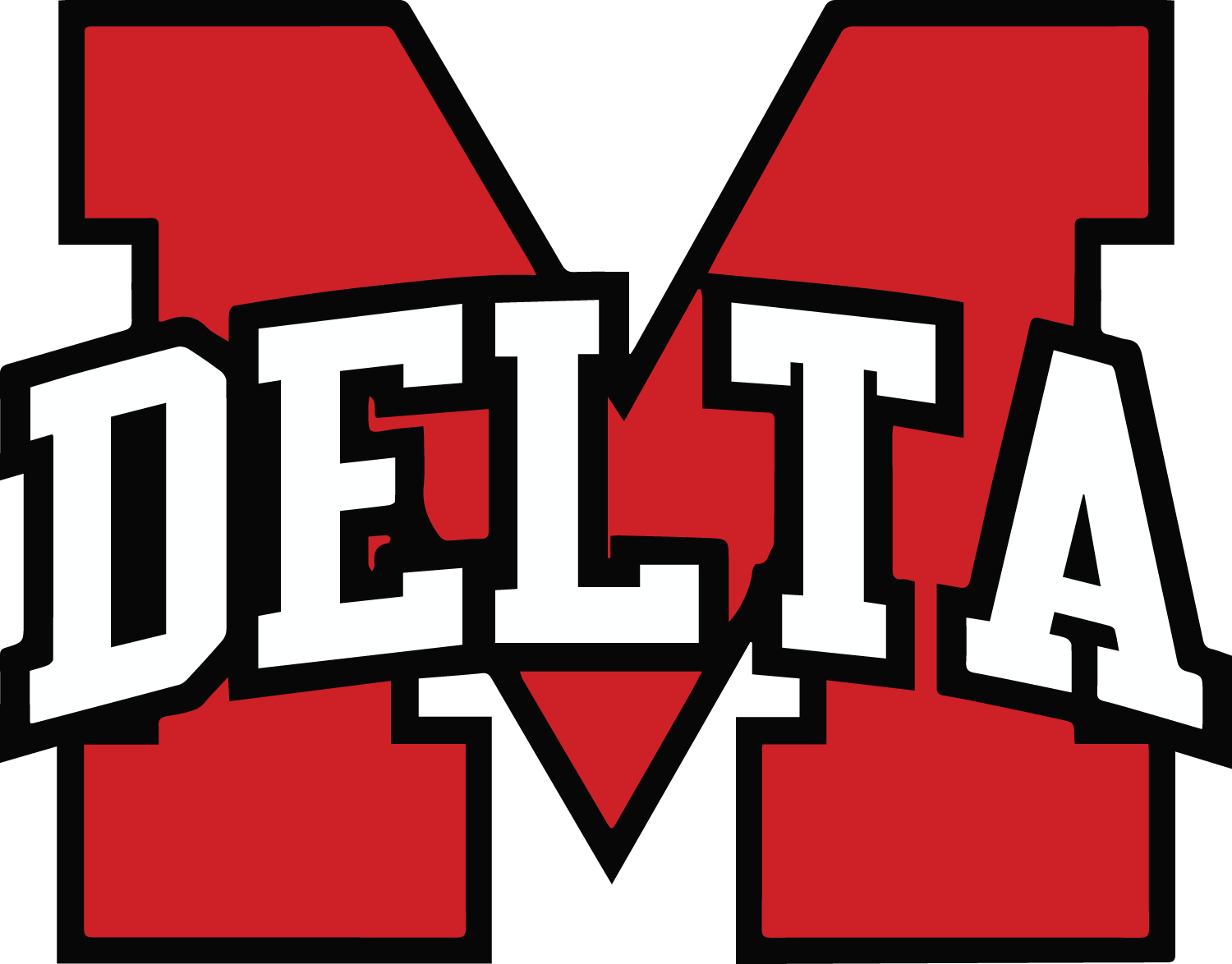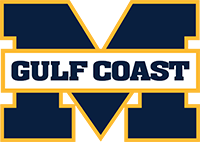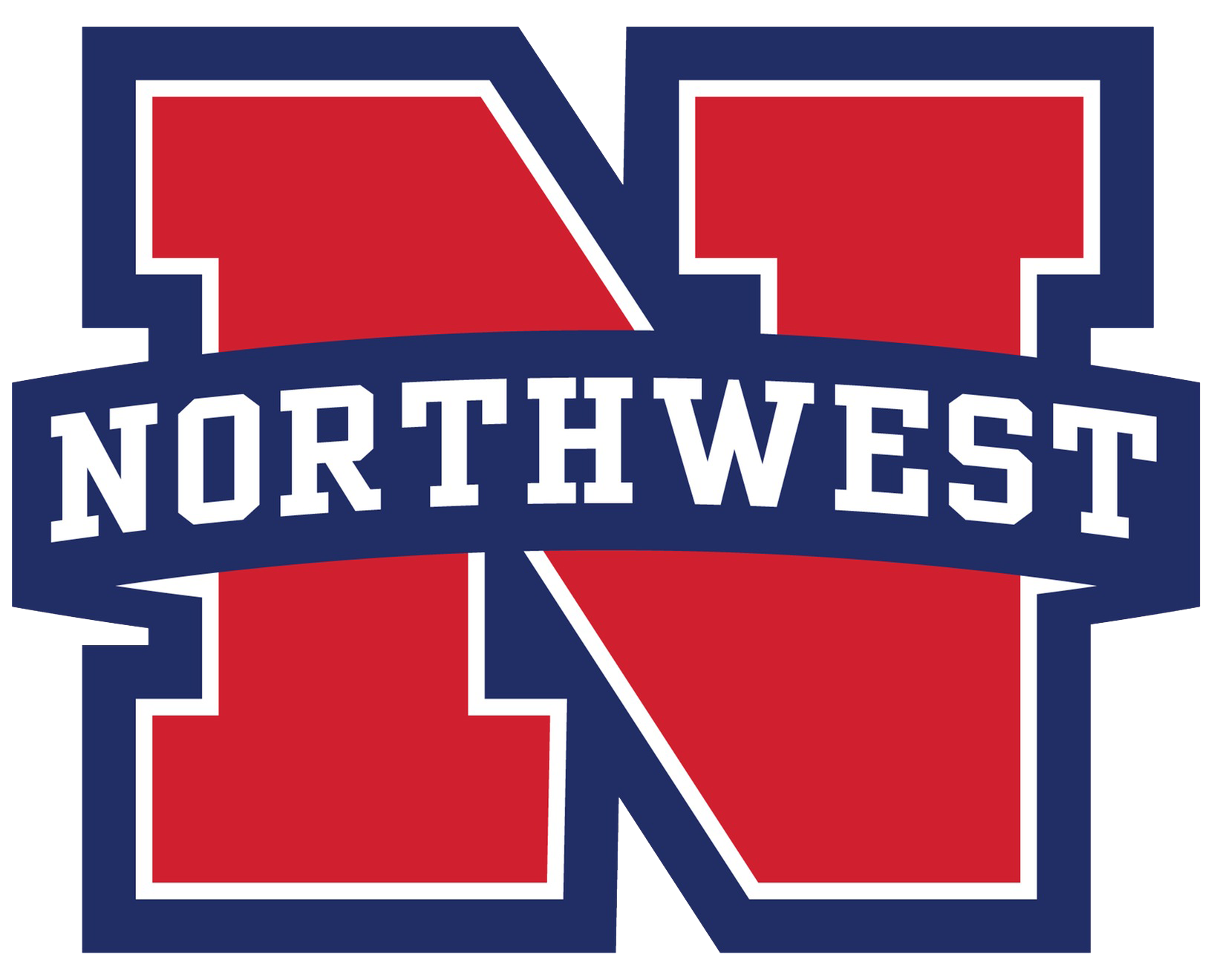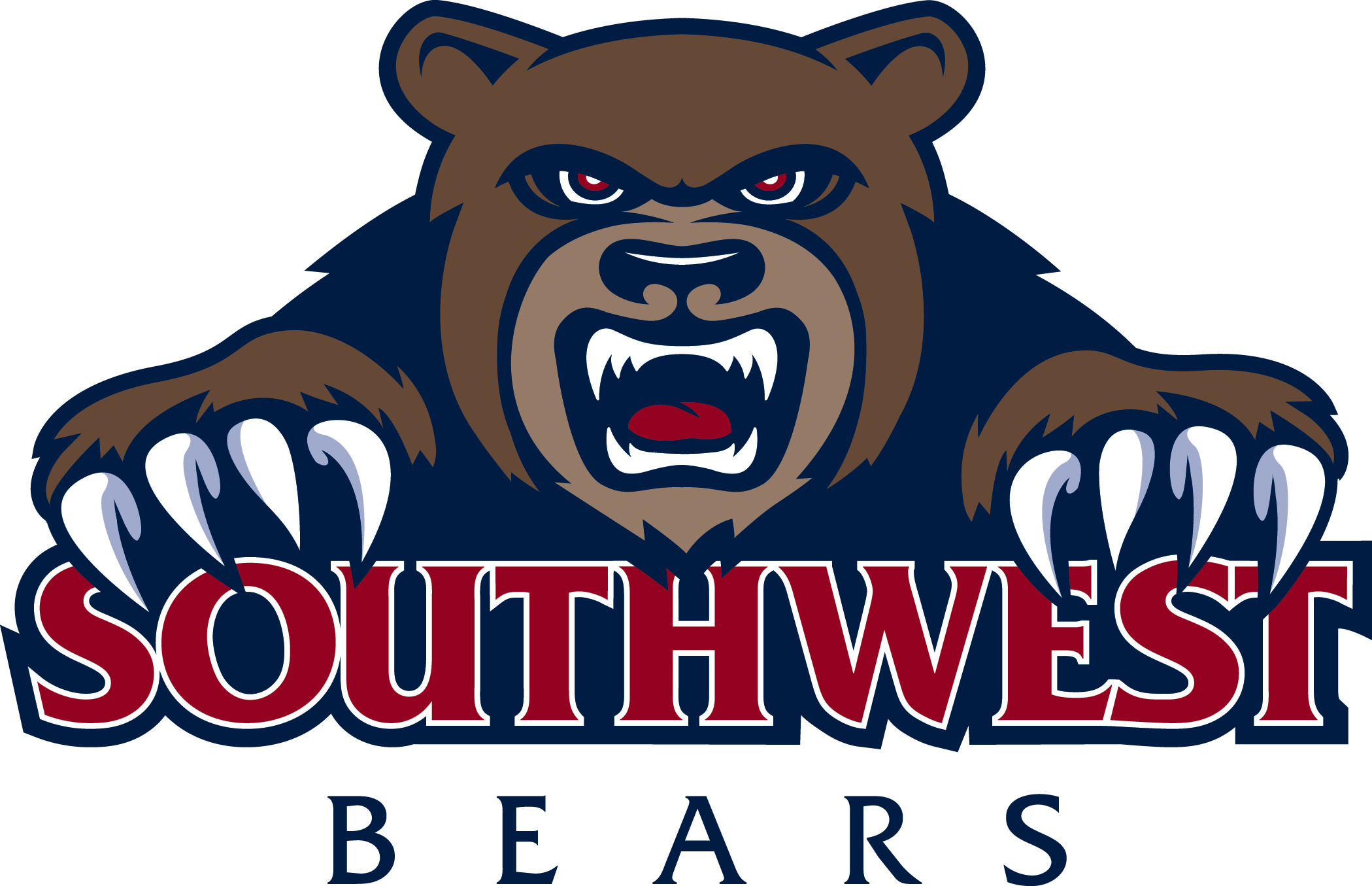One Year In, MACCC Commissioner Martin Stays 'Focus Forward'
JACKSON, Miss. - It's the week before the official launch of the Mississippi Association of Community Colleges Conference, the new permutation of the Mississippi Association of Community Colleges, and MACCC Commissioner Steve B. Martin has been engaged in a whirlwind of activity. E-mails are flying back and forth. There's a typo on the website. He wants to review the official release. The revised schedule hasn't been updated. He needs to film his introduction for the 2020 football media day. Has the MACCC Sports app gone live yet?
Then, too, there are the Zoom meetings, and one-on-one phone calls. A lot of them. This is the reality of being a commissioner in the age of the COVID-19 pandemic, when so much is uncertain and unsure.
His approach is firm, but respectful; calm, but assertive; diligent, yet probing. He's offered the big picture, and now it's time to bring it all together. It's a major step for the MACCC, and a leap onto the big stage for the conference. In sum: it's go time.
That has been a theme of Martin's life. The 57-year-old former NBA executive has always had an intolerance for minutiae. He is, as a 1991 Collegiate Collection trading card bearing his visage suggested, "at his best in big games."
Martin's instinctive ability to rise to the occasion is, perhaps, his biggest strength. And it's a characteristic that has suited him well as commissioner of the MACCC. Sure, the conference is undertaking a major rebranding initiative--but Martin, unwilling to dwell on past successes, is already focusing on the next step.
To Martin, it's always a 7-game series. And whether he's up 3 games or down 2, he always approaches his work with the same sense of purpose. It's become his calling card, dating back to his days at Georgetown. Whether it's a bad back, a dislocated shoulder, or a broken finger, you just couldn't keep him out of the game.
"THE GAP"
Martin's tireless work ethic was borne out of his parents' example. He grew up in an area of New Orleans unofficially called "The Gap," a predominately black, working class neighborhood in New Orleans East.
Martin is the youngest of 8 children born to George and Naomi Martin, who instilled in both he and his brothers and sisters a puritanical work ethic and sense of purpose.
"I did come from a two-parent household, but my father worked, on average, 3 jobs. On average. He was never home because, you know, he had to support 8 kids. He wasn't home, but we always felt his presence."
Success runs in the Martin family. His eldest brother, George, Jr. is a decorated Vietnam War veteran who was awarded a Purple Heart for his service (Martin admires him the most). D'Artagnan was drafted in the fourth round of the 1971 NFL Draft, and played defensive back for the New Orleans Saints. Carvelle, too, was athletically inclined. He played basketball at Dillard University, and had a tryout with the Detroit Pistons.
Those were tumultuous times in the city, and in the nation--a time of civil and social upheaval. The Martin family was, like most, divided by the means by which equality could be achieved.
"I grew up in the time of civil rights," recalls Martin. "My mother was a hardline believer in Martin Luther King. My brothers, which were teenagers and older, hardline believers in Malcolm X. So you come into a house where one faction has to do with Martin Luther King and one faction has to do with Malcolm X, you're going to learn something."
A native of New Orleans, Martin attended New Orleans' historic St. Augustine High School, one of the nation's first all-boy's private, predominately black Catholic schools in the nation, graduating in 1975.
At St. Augustine, Martin excelled as a member of the "Purple Knights" basketball team, where he was a two-year starter. As a senior, he was named All-District, All-City and All-State and served as captain of the varsity team. Martin also achieved in the classroom, earning academic honors each year at St. Augustine. He was also named New Orleans Player of the Year
To this day, Martin is still regarded as one of the 'Top 100 high school basketball players in New Orleans history" by SportsNOLA.com.
After graduating from St. Augustine in 1975, Martin attended Georgetown University in, where he continued his basketball career under legendary Hoyas Head Coach John Thompson. Martin was the first player from New Orleans recruited to the institution, which sparked a tradition that stands to this day of the Hoyas recruiting in the Crescent City.

Martin (back row, third from right) poses for a team picture with the 1975 Hoyas squad. The team ended the season with a 21-7 record and a second bid to the NCAA Tournament.
Thompson was impressed by Martin's ability to adapt to the team's needs.
"The best thing about Steve is his flexibility," said Thompson. "He can play quick forward or either guard position. When you need scoring, he scores. And when you need rebounding, he rebounds."
After graduating with a degree in accounting in 1979, Martin was drafted in the 10th round by the Washington Bullets. Martin would later go on to work as an accountant with Ernest & Ernest before beginning his career in athletics as director of corporate affairs for the NBA, a role he served in for more than a decade.
In that role, Martin gained a keen appreciation for the multifaceted aspects of sports, and the hard work it takes to effectively run a sports  organization. Martin was one of about 20 employees working at the league office at that time.
organization. Martin was one of about 20 employees working at the league office at that time.
After leaving New York, Martin accepted a role as as senior vice-president of the New Orleans Hornets, working under then-owner George Shinn. Martin was directly responsible for a number of community outreach, development and beautification efforts for the team--a legacy that endures to this day on public basketball courts around the city such as Shakespeare Park (now A.L. Davis) and Digby Playground, which still bear the Hornets team logo, as well as libraries at Walter L. Cohen High School and John Dibert Elementary.
STOPPING THE BLEEDING
A respected figure in local and national sports, Martin joined the Gulf Coast Athletic Conference (GCAC) in 2014 following the retirement of Dr. Thomas Howell, who had served as the conference's commissioner since its inception in 1981.
What he found was a conference in disarray, struggling to adapt to a changing sports landscape and experiencing a mass exodus of member institutions, including the recently-departed Fisk (Tenn.) and Voorhees (S.C.) universities.
Belhaven, The University of Mobile, William Carey, LSU Shreveport and Loyola had all departed some years earlier, bolting for competing conferences.
"We did have some teams leave when I first took on the role,' Martin said. "We needed to stop the bleeding first, and then build to see how we could get other schools on board. We needed to hold the line and get schools on board and get them to stay with us. We started by making sure those who were with us stayed with us, and then I started asked the presidents to use their influence to bring on new members. So, that was a challenge. Finally, we were really able to stabilize."
In order to make the conference attractive to new member institutions, the GCAC needed a facelift, and Martin was, in characteristic fashion, in big game form.
"When I first started, I did a presentation to the Council of Presidents that consisted of a 5-year strategic plan, and then within that plan it consisted of marketing, branding, stability of the conference," said Martin. "It also consisted of growth of the conference, sponsorships--all of those elements that that time I thought would really project to make us a much better conference overall, and a more desirable conference."
Martin accomplished much of what he laid out in that 5-year plan.
He began with a comprehensive rebranding effort, retooling the conference logo and Web site, introducing social media to the conference, and overseeing a process to streamline the conference's by-laws. He asked for, and was granted, greater autonomy over the conference's championships, focusing on improving the overall fan experience, as well as the venue quality.
Martin also entreated the Council of Presidents, the Gulf Coast Athletic Conference's governing body, to hire full-time athletic directors, as well as invest in their sports information, both through funding the sports information director position, and through modernizing their sports information by upgrading their Web sites, developing social media strategies, and live streaming their games and matches--an idea that's still central to his overall strategy as commissioner.
"When I first started, none of our schools were live streaming, and I thought that was an important element to give us extended exposure outside of our markets," said Martin. "So we started with no schools live streaming, and now we have just about everyone live streaming. Live streaming became extremely important. These elements gave us the ability to extend our brand outside of our gyms, arenas and outside of our markets."
Former Dillard University Head Volleyball Coach Yolanda Brown, who served under both Commissioners Howell and Martin and is now working with the MACCC, immediately saw the impact of Martin's changes.
"I saw the stability in the conference," said Brown. "From conference wide partnerships, apparel and hotels. I appreciated the conference being more involved with championships and establishing a standard of excellence."
Tougaloo (Miss.) College Director of Athletics Dr. James C. Coleman also lauds Martin's work as commissioner.
"He brought about transformative changes to the conference such as sponsorships, staffing, brand and marketing collaborations," said Coleman. "He has been a great asset to the GCAC and I am honored to work with him."
Improving the quality of the conference's tournaments and championships was also key to Martin's retooling efforts. Martin sought to move the championships to what he terms "world class venues," including historic Tad Gormley Stadium and Mississippi's renowned Choctaw Trails.
A NEW BEGINNING
Martin left the GCAC in 2019 to join the Mississippi Association of Community and Junior Colleges (MACJC) as its commissioner, relocating to Jackson, Miss. to take the helm of the organization following the retirement of the conference's longtime commissioner, Jim Southward.

The MACJC had a rich and longstanding history of excellence within the two-year college athletic program ranks, and Martin's immediate focus was on highlighting the conference's stellar legacy.
All of the MACJC's 15 member institutions had dropped the "junior college" from their name, which provided Martin and the conference's leadership with an opportunity to re-brand.
"It was kind of interesting, the concept of a rebrand, to me, was very easy," said Martin. "My first 30 days of taking on this role, I would go out, I would meet at the schools, visit campuses, visit coaches, athletic directors, et cetera. When I would drive to the campus, I noticed that the schools no longer carry 'junior college.' None of our schools have junior college in their name, so why should we be known as a conference of junior colleges?"
Martin worked with the athletic directors, sports information directors, marketing personnel and other staff to focus the new conference's identity more on athletics, and to carve out a unique identity for the newly-branded MACCC.
"That was a fairly easy one to connect those dots, and say 'we need to think about what our brand is.' We needed to change with the times, and that was the reason for the re-brand."
After the official name change, Martin set his sights on a new logo, website, smartphone app, and social media accounts, also working to bring in a conference sports information director to manage the conference's front-facing media.
"We really started to look at what our schools were doing to brand themselves, and what I found was our schools do a great job at live streaming and social media. Last year, when you look at what our schools did with social media and live streaming, it was over 22 million impressions," said Martin. "So, when you have those types of numbers, you know people are watching you, so you just need to take a look at how do we enhance the product, and how do re-brand, brand and have some consistency with the product."
Martin is excited to bring his decades of experience to the MACCC, drawing on his early work under NBA Commissioner David Stern to inform his day-to-day decisions.
"The reason why I got interested in being a commissioner as because I worked for a commissioner, being David Stern," muses Martin. "And I thought that was one of the most intriguing things that I had seen in my career at that time--to see that individual who was responsible for the overall league...from a business standpoint, the commissioner has to give the conference some vision. Vision in terms of marketing, vision in terms of live stream, vision in terms of brand. So, we work on those things on a daily basis. And then, it's making sure all the rules and regulations are followed and all of our schools are following the rules. But, commissioners should always put a big emphasis on the business of the conference, and the operations of the conference, and that's what I learned from David Stern."
The role of a commissioner can be daunting, requiring the management of multiple interests and juggling competing personalities, but Martin is up to the job.
"The most difficult part is building consensus," said Martin. "Because you have to build consensus from the president's standpoint, and then you have to work it down to the athletic directors, and even to some extent down to the coaches. I can sit and I can have a vision of what I see, but I still have to sell that vision to our council of presidents, and they have to buy into it...building consensus, getting everyone on the same page.
